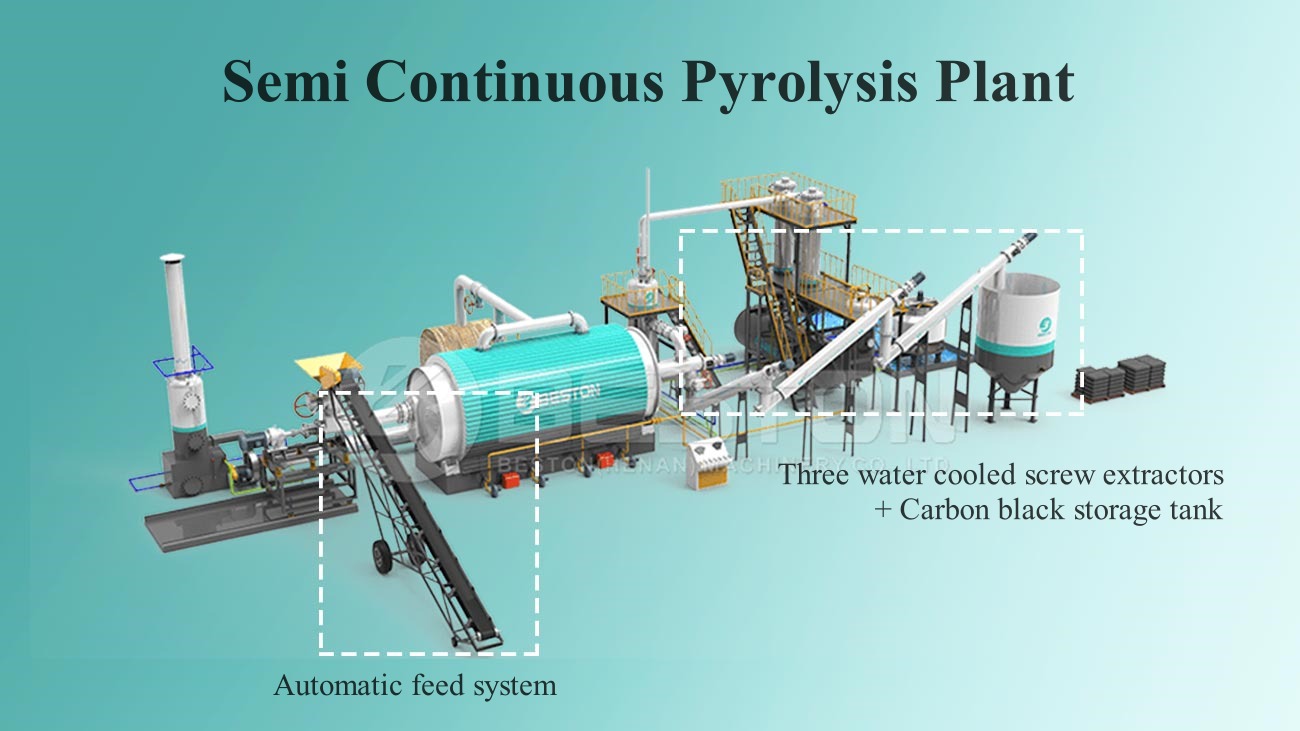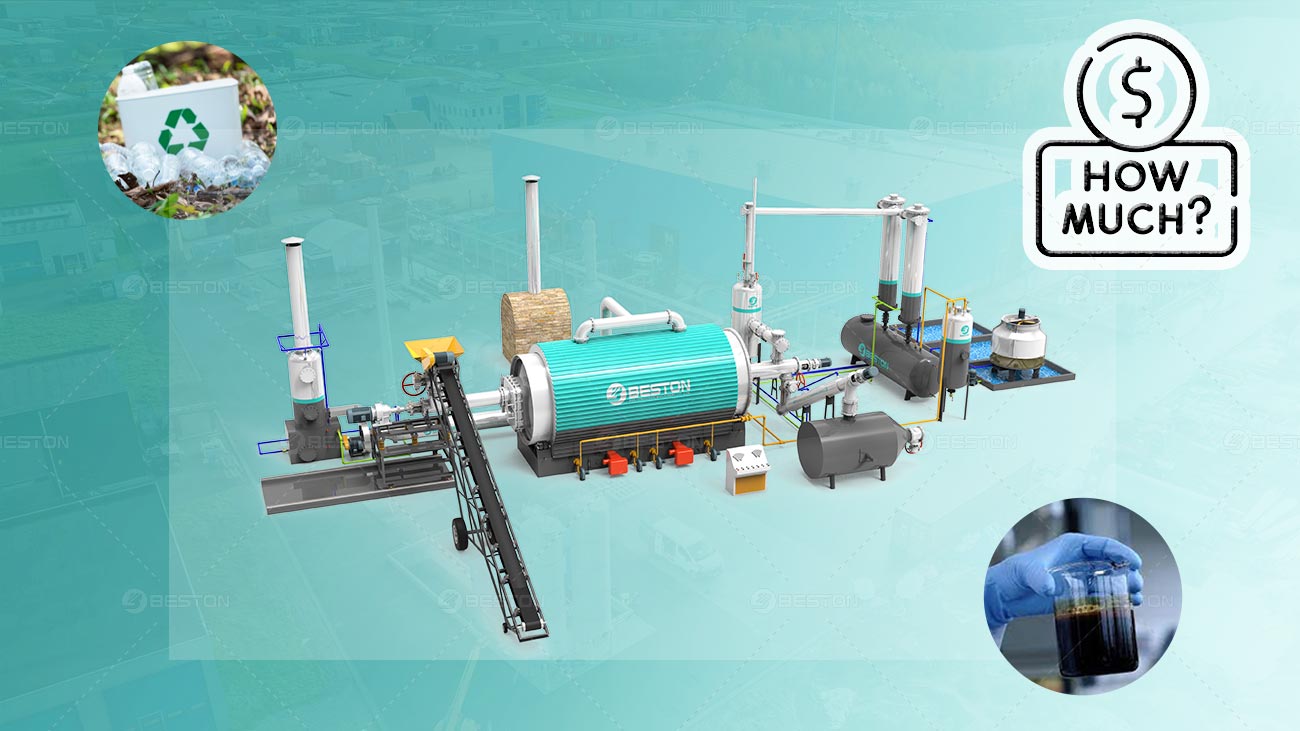Pyrolysis, marked by the thermal decomposition of organic materials in the absence of oxygen, offers a promising solution to the burgeoning issue of waste accumulation.
Understanding Pyrolysis: A Technological Marvel
Pyrolysis technology operates on the principle of thermochemical conversion, where the absence of oxygen prevents combustion, leading to the breakdown of organic substances into syngas, bio-oil, and char. This intricate process, often facilitated by high temperatures and controlled environments in a pyrolysis machine, showcases the intersection of chemistry and engineering prowess.
Exploring Growth Factors: Market Dynamics
The pyrolysis waste recycling industry rides on the coattails of several compelling factors driving its growth. Escalating concerns regarding environmental degradation, coupled with stringent regulatory frameworks mandating sustainable waste management practices, propel the demand for pyrolysis solutions.
Moreover, the increasing adoption of circular economy principles among industries underscores the significance of pyrolysis as a viable means of resource recovery. The prospect of generating renewable energy and valuable by-products further accentuates the industry’s appeal.
Assessing Market Trends: A Beacon of Opportunity
The pyrolysis waste recycling market exhibits a robust growth trajectory, poised for exponential expansion in the coming years. Market analyses project a compound annual growth rate (CAGR) exceeding XX% over the forecast period, indicative of a thriving industry landscape.
Key trends shaping the market dynamics include advancements in pyrolysis technology, expanding applications across diverse sectors, and strategic collaborations among stakeholders to foster innovation and scalability. Additionally, the integration of artificial intelligence and machine learning algorithms in fully-continuous/semi-continuous pyrolysis plant enhances process efficiency and product quality, bolstering market competitiveness.

Navigating Challenges: Roadblocks to Overcome
Despite its promising outlook, the pyrolysis waste recycling industry faces its share of challenges. Technological barriers, including scalability constraints and operational complexities, pose significant hurdles to widespread adoption. Moreover, the lack of standardized regulations and inconsistent quality standards impede market growth and investor confidence.
Furthermore, economic factors such as volatile commodity prices and fluctuating energy markets contribute to market uncertainty, influencing investment decisions and project viability. Tyre/plastic pyrolysis plant cost is also an important factor that investors need to consider. Addressing these challenges necessitates concerted efforts from industry players, policymakers, and research institutions to foster innovation and mitigate risks.

Envisioning the Future: A Paradigm Shift in Waste Management
As the pyrolysis waste recycling industry continues to evolve, it heralds a paradigm shift in the realm of waste management. The convergence of technological innovation, environmental stewardship, and economic viability positions pyrolysis as a cornerstone of sustainable development initiatives worldwide.
Looking ahead, the industry is poised to witness exponential growth fueled by advancements in process efficiency, expanding market reach, and heightened awareness of environmental imperatives. With concerted efforts and strategic investments, pyrolysis holds the potential to revolutionize waste management practices, paving the way for a greener and more sustainable future.
In conclusion, the pyrolysis waste recycling industry represents a burgeoning frontier in the quest for environmental sustainability. Its innovative approach to waste management, coupled with its potential for resource recovery and energy generation, underscores its significance in addressing the global waste crisis. As market dynamics evolve and technological advancements accelerate, pyrolysis is poised to emerge as a transformative force, reshaping the way we perceive and manage waste for generations to come. For further clarification, contact Beston Group.